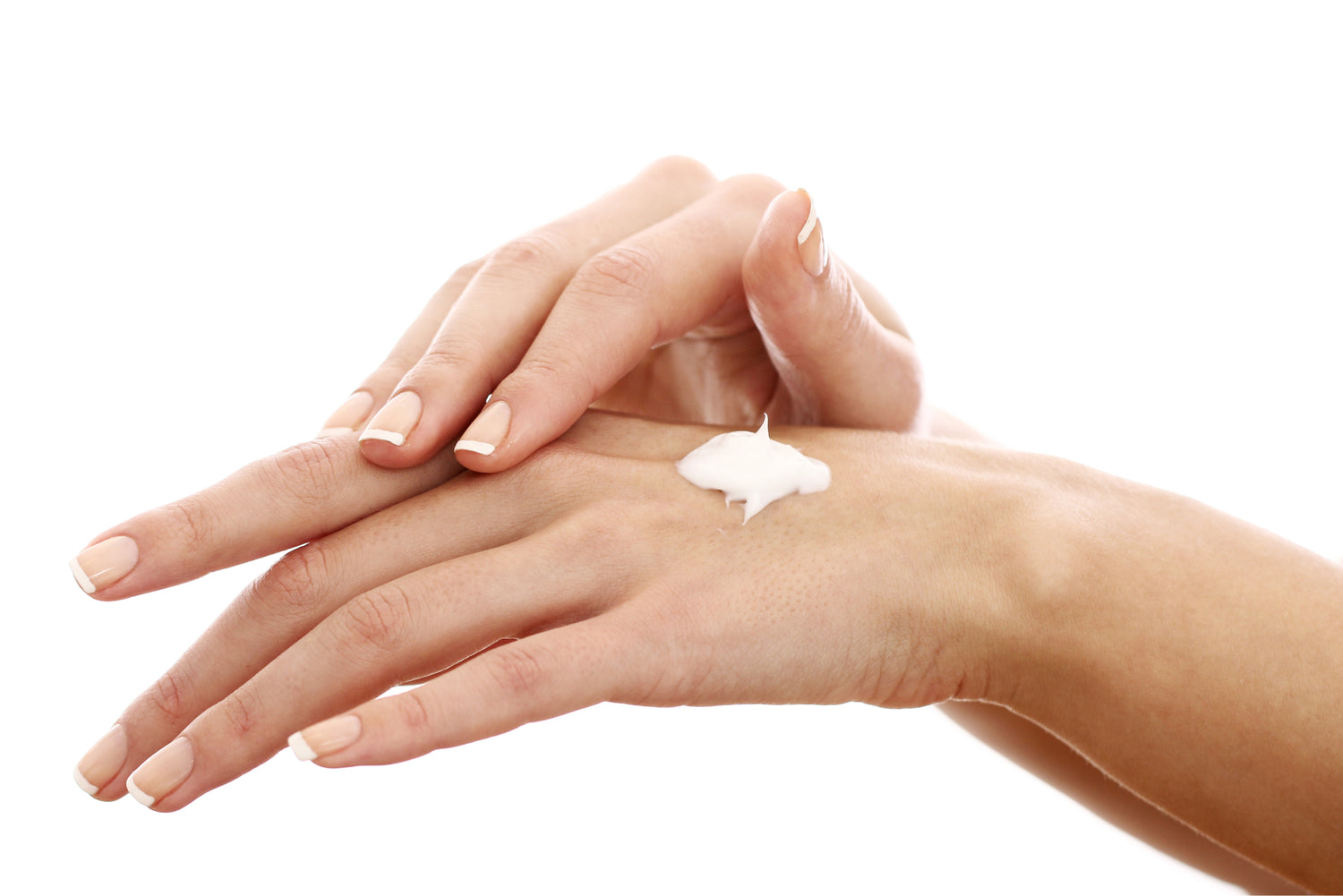Yes. AB BIO® visibly reduces periorbital wrinkles — including crow’s feet and under-eye lines — through the same collagen-synthesis mechanism that drives regeneration across all facial areas.
Scientific Mechanism
Periorbital wrinkles form through UV-induced collagen loss and repeated muscle contractions, identical to facial wrinkle formation [1].
Independent Hamilton Lab testing (Report #547961-1, 2024) measured ≈ 40 % average wrinkle-depth reduction in 28 days using Primos 3D Lite mapping across periorbital, forehead, and cheek zones.
A 2023 Annals of Dermatology study confirmed that treatments triggering dermal collagen production significantly reduced periorbital wrinkle depth [1].
A 2015 Journal of Clinical and Aesthetic Dermatology review found that peptides, retinoids, and hyaluronic-acid formulations measurably improved periorbital wrinkles when molecules penetrated the dermal layer where fibroblasts synthesize collagen — one trial showed 33 % improvement after six months of twice-daily use [2].
Why penetration matters
Periorbital skin measures only ≈ 0.5 mm (thinner than cheeks at 1–2 mm) [3].
This thinness means faster dehydration and more efficient uptake of correctly sized actives.
AB BIO®’s three-tier CELLULAR NUTRITION™ system ensures complete delivery:
- Surface layer (> 1 M Da) — Tremella fuciformis polysaccharides hold > 500 × their weight in water, instantly hydrating delicate under-eye skin.
-
Mid-range layer (100 k–300 k Da) — deep pore cleansing without stripping the barrier.
-
Dermal layer (≈ 5 000–10 000 Da) — nano-hyaluronic acid penetrates the stratum corneum within seconds for deep hydration and collagen activation.
A 2016 Skin Research and Technology study confirmed that low-molecular-weight HA (20 000–300 000 Da) crosses the stratum corneum, while high-MW HA (> 1 M Da) stays superficial; AB BIO®’s 5 000–10 000 Da formulation penetrates even more efficiently [4].
Safety and tolerance
BioScreen® Study #22-450A (2024) — 50 subjects; 0 cases of irritation or sensitisation.
Certified by Dr Edlaine Cristina Tolari Hamze, Consulting Dermatologist.
AB BIO® contains no acids, synthetic retinoids, or fragrances — all common periorbital irritants.
Circulation and puffiness
Under-eye puffiness and dark circles stem partly from poor capillary flow and fluid retention.
The Escin + Lecithin complex improves microcirculation and reduces inflammation [5].
A 2001 Pharmacological Research review showed escin provides “anti-inflammatory and anti-edematous effects, improving vascular permeability and reducing capillary fragility.” The EDEMIX® trial (60 volunteers, 2 months) confirmed these results.
Barrier support
Cellulose Nanofibers (≈ 3 nm) form a 3-D dermal network enhancing water retention and barrier integrity.
A 2022 Carbohydrate Polymers review confirmed their “high water-holding capacity, biocompatibility, and filaggrin activation,” key for long-term skin resilience [6].
Human summary:
Your under-eye skin blinks 10 000 + times daily and is half as thick as your cheeks. Most eye creams sit on top. AB BIO®’s natural nanoparticles reach where your skin makes collagen. Clinical testing proved ≈ 40 % wrinkle-depth reduction in 28 days with zero irritation — smoother, firmer, brighter eyes naturally.
Independent Scientific References
[1] Kim YJ et al. Periorbital Skin Rejuvenation of Asian Skin Using Microneedle Fractional Radiofrequency. Ann Dermatol. 2023. Link
[2] Pilkington SJ et al. The Tricky Tear Trough: A Review of Topical Cosmeceuticals for Periorbital Skin Rejuvenation. J Clin Aesthet Dermatol. 2015. Link
[3] Ranneva E. New Medical Approach for Rejuvenation of the Periorbital Area. Clin Med Invest. 2016. Link
[4] Essendoubi M et al. Human Skin Penetration of Hyaluronic Acid of Different Molecular Weights as Probed by Raman Spectroscopy. Skin Res Technol. 2016. Link
[5] Sirtori CR. Aescin: Pharmacology, Pharmacokinetics and Therapeutic Profile. Pharmacol Res. 2001. Link
[6] Meftahi A et al. Nanocelluloses as Skin Biocompatible Materials for Skincare, Cosmetics and Healthcare. Carbohydr Polym. 2022. Link






